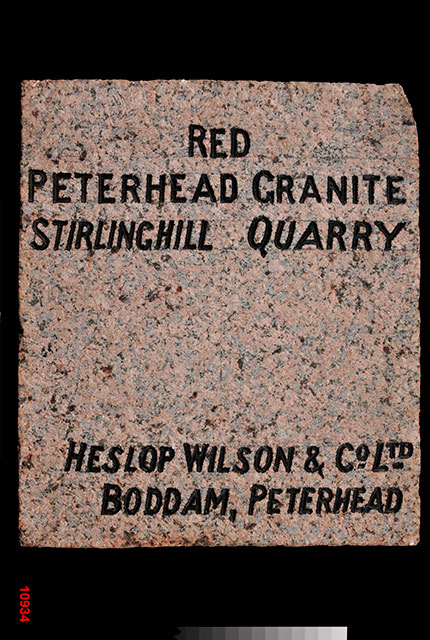Scotland’s building stones: over one thousand images now available online
New images of the BGS Building Stone Collection have been published.
06/07/2023 By BGS Press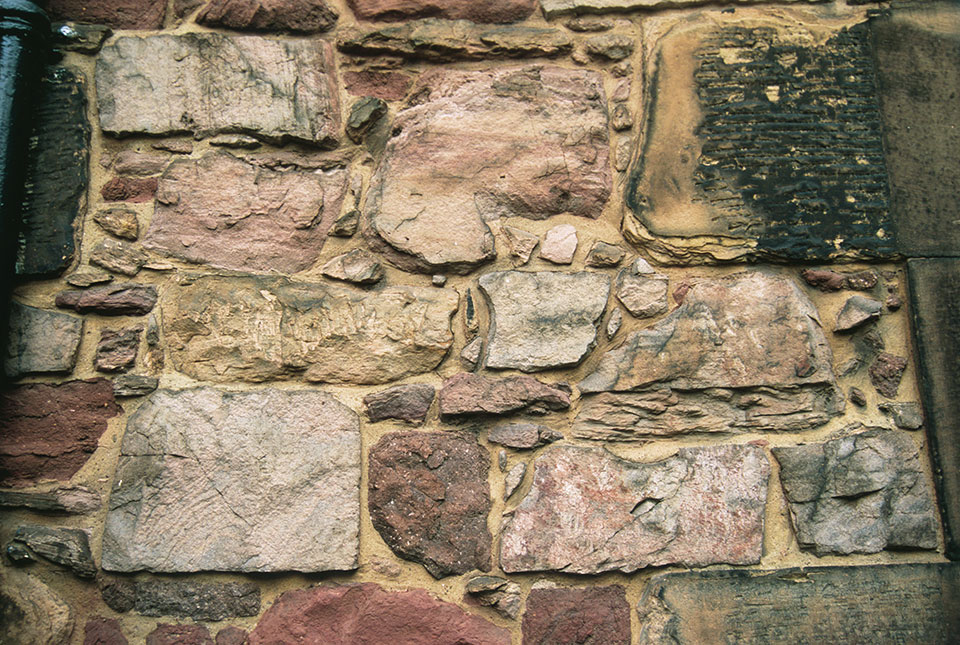
Throughout history, natural stone has been the material of choice for Scotland’s traditional and architecturally important buildings. The geological diversity of the country means the built heritage is unique and varied from place to place.
Since 1835, BGS geologists have been collecting samples from building stone quarries all over the country and, in partnership with Historic Environment Scotland, we have just completed a major effort to photograph them. We hold over one thousand samples in the BGS Building Stone Collection; the images have been published on the Building Stone Database for Scotland and GeoScenic websites.
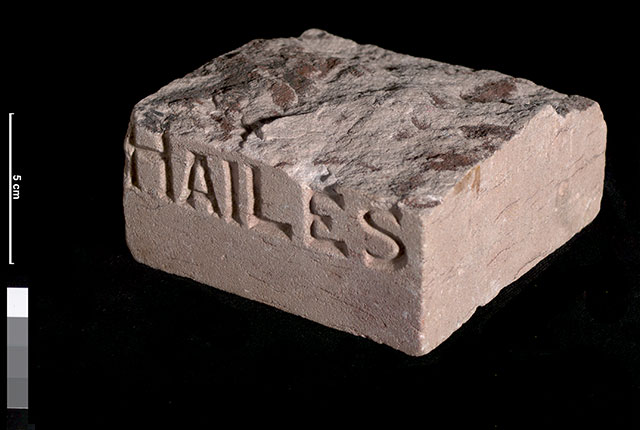
Carboniferous sandstone from Hailes Quarry, Edinburgh. The upper surface has been left in its natural state, showing the uneven bedding surface. Such samples were prepared by the quarry in order to market the stone. This sample dates from before the First World War. BGS © UKRI.
The photos highlight the diversity of stone as a traditional building material in Scotland. Can you spot which stone your house, favourite building or local area is made from?
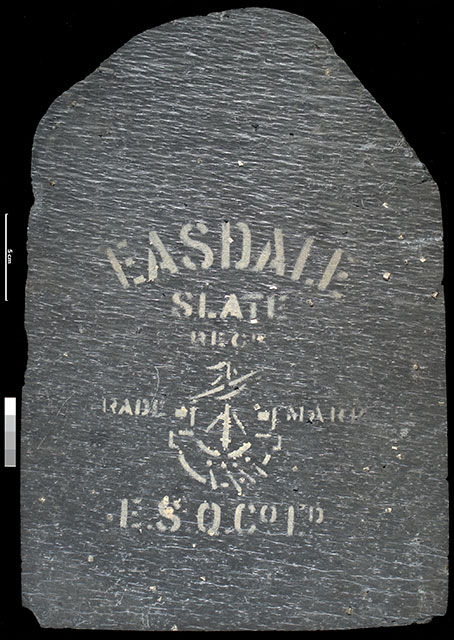
Precambrian (Dalradian) roofing slate quarried from Easdale Island, Argyllshire. The slate is a typical dark grey colour with a strong ‘grain’ and contains pyrite crystals. This specimen was donated to the Geological Survey of Scotland sometime before 1916. For hundreds of years, slate was the preferred roofing material in Scotland. The geological variation found in slate quarries from across Scotland meant that each produced a characteristic slate, with a colour, texture and thickness varying from region to region. BGS © UKRI.
We hope the database will be a useful resource for anyone studying or working on stone buildings in Scotland. If you’re interested in learning more about the project, please contact the building stones database team (stonedatabase@bgs.ac.uk).
Timeline of Scottish building stones
3000 BCE
Skara Brae Neolithic village, Orkney, part of the Heart of Neolithic Orkney UNESCO World Heritage Site.
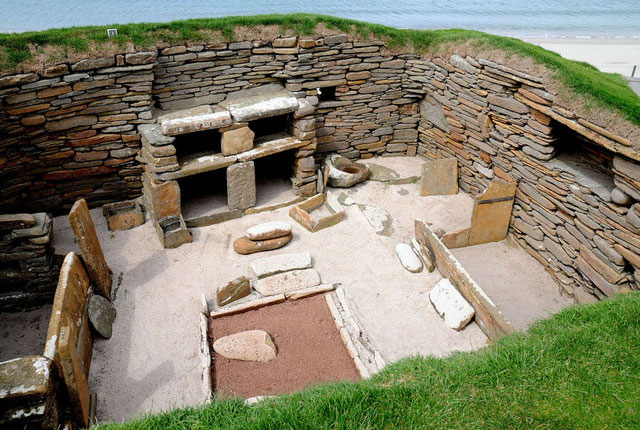
600 CE
Dun Carloway broch, Isle of Lewis.
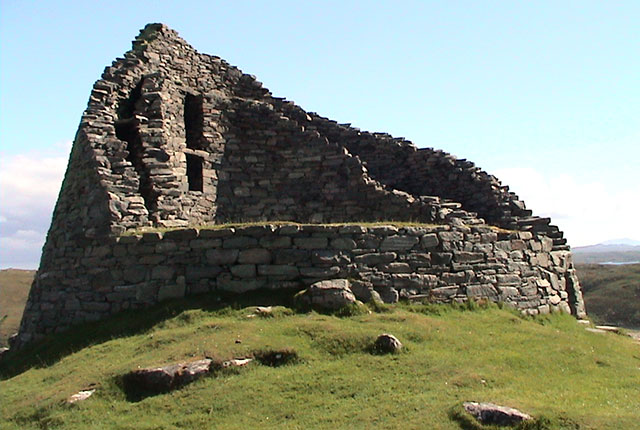
1150
Castle Sween, Argyll, said to be the oldest stone castle in Scotland.
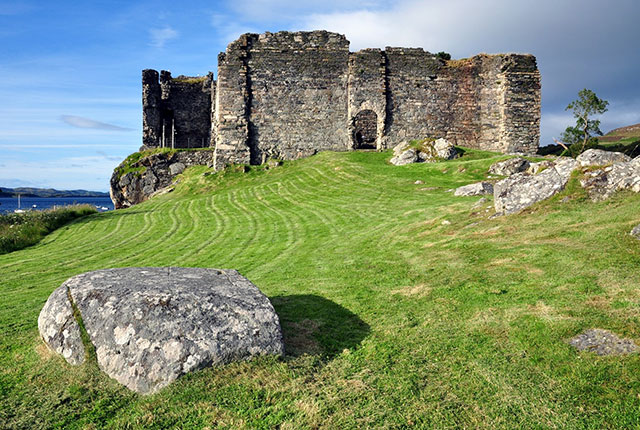
1450
Linlithgow Palace, West Lothian, birthplace of Mary Queen of Scots.
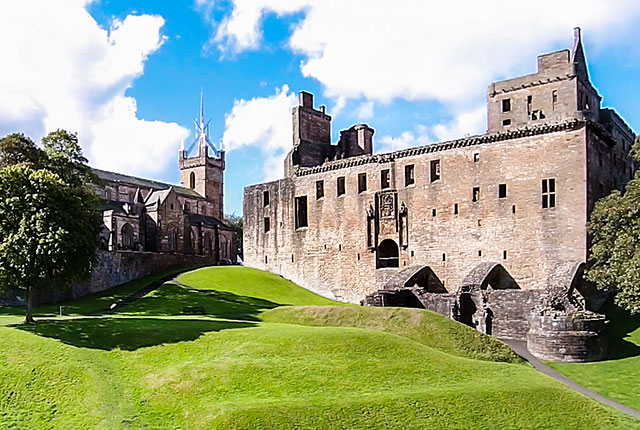
1628
George Heriot’s Hospital (now George Heriot’s School), Old Town, Edinburgh.
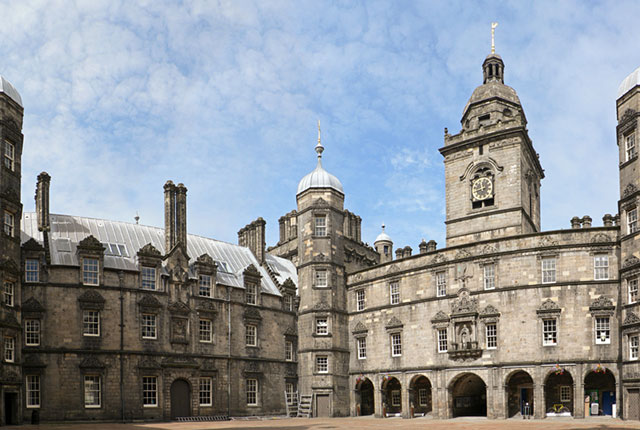
1767
New Town, Edinburgh, built in stages between 1767 and around 1850.
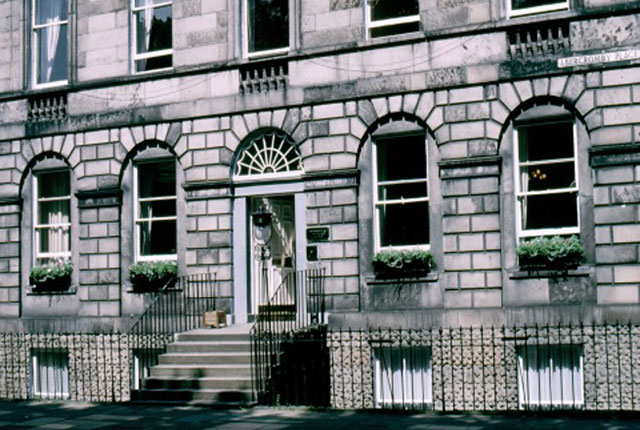
1900
Kelvingrove Art Gallery and Museum, Glasgow, built from Locharbriggs red sandstone.
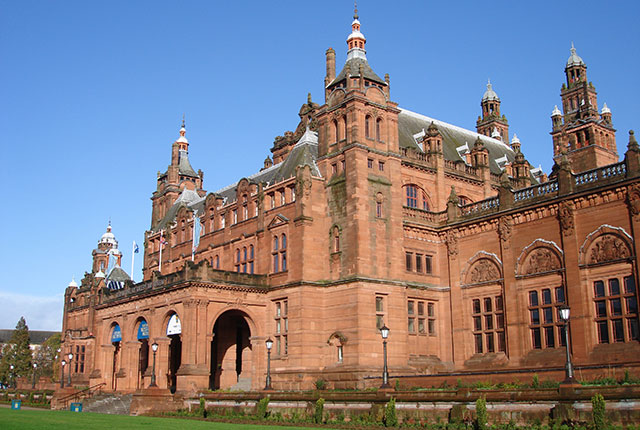
2006
The National Museum of Scotland, Edinburgh, clad in golden Moray sandstone.
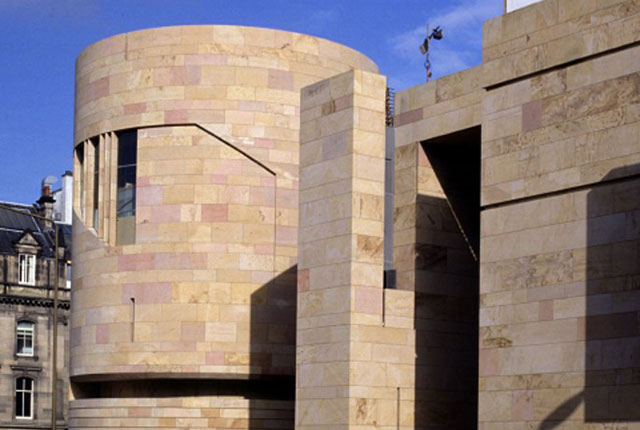
Further information
- The Engine Shed: Scotland’s Building Conservation Centre @HESEngineShed
- @BGS_Collections
Relative topics
Related news
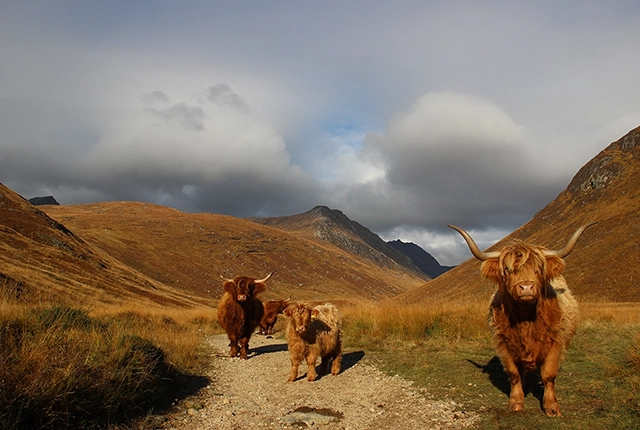
Isle of Arran announced as UNESCO Global Geopark
17/04/2025
The Isle of Arran has officially been named as the tenth UNESCO Global Geopark in the UK.
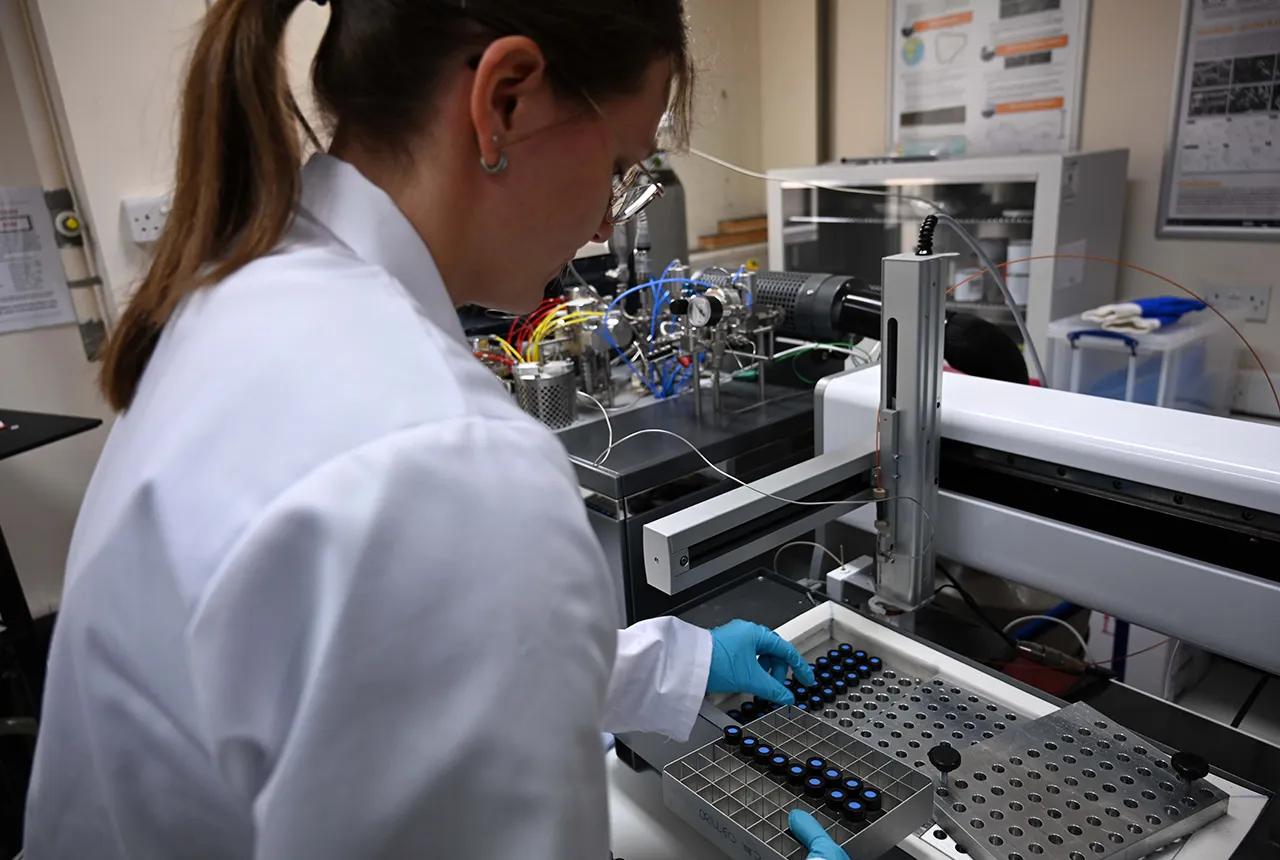
Carbon and oxygen isotope analysis of carbonates and the development of new reference materials
18/12/2024
Dr Charlotte Hipkiss and Kotryna Savickaite explore the importance of standard analysis when testing carbon and oxygen samples.
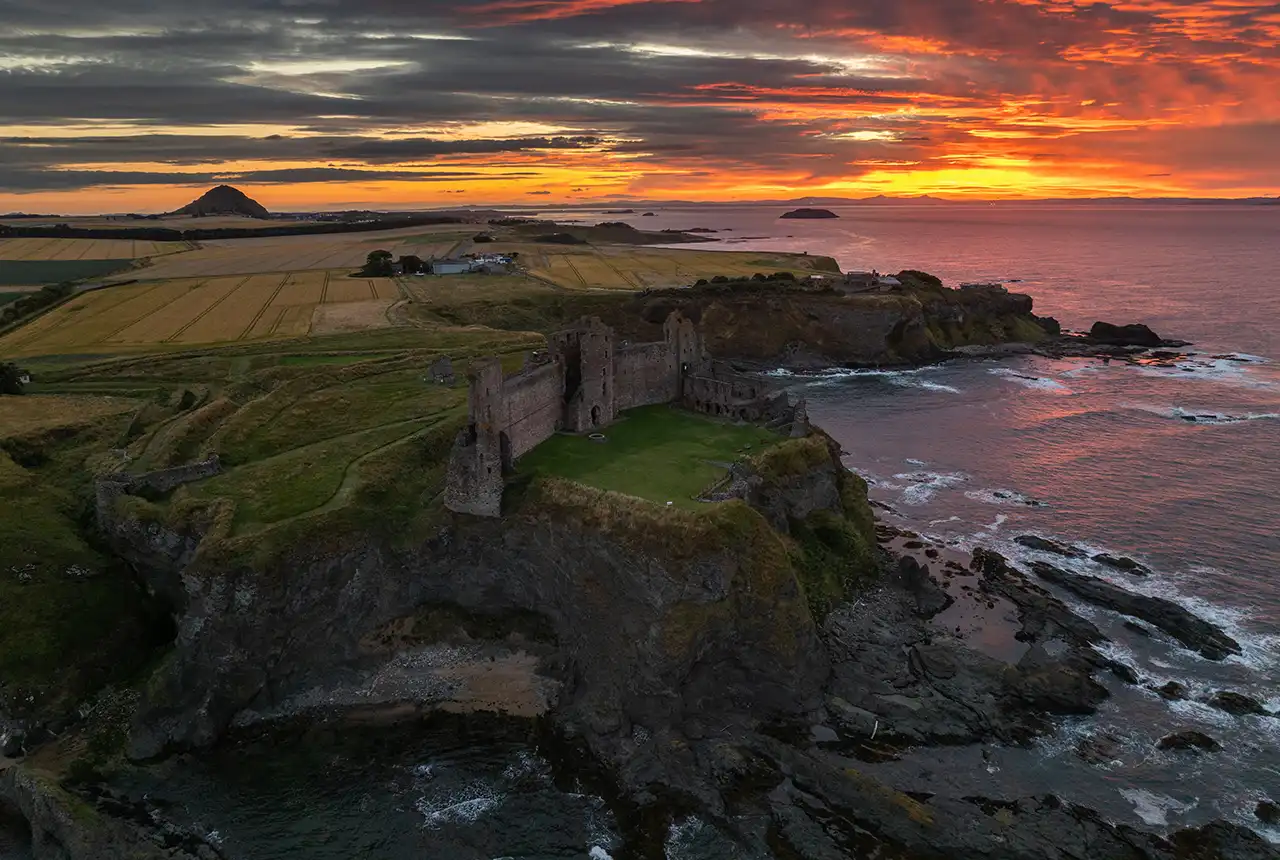
How can Scotland re-establish its building stone industry?
14/11/2024
British Geological Survey research, commissioned by Historic Environment Scotland, reveals an opportunity to re-establish the Scottish building stone market in order to maintain the country’s historic buildings.
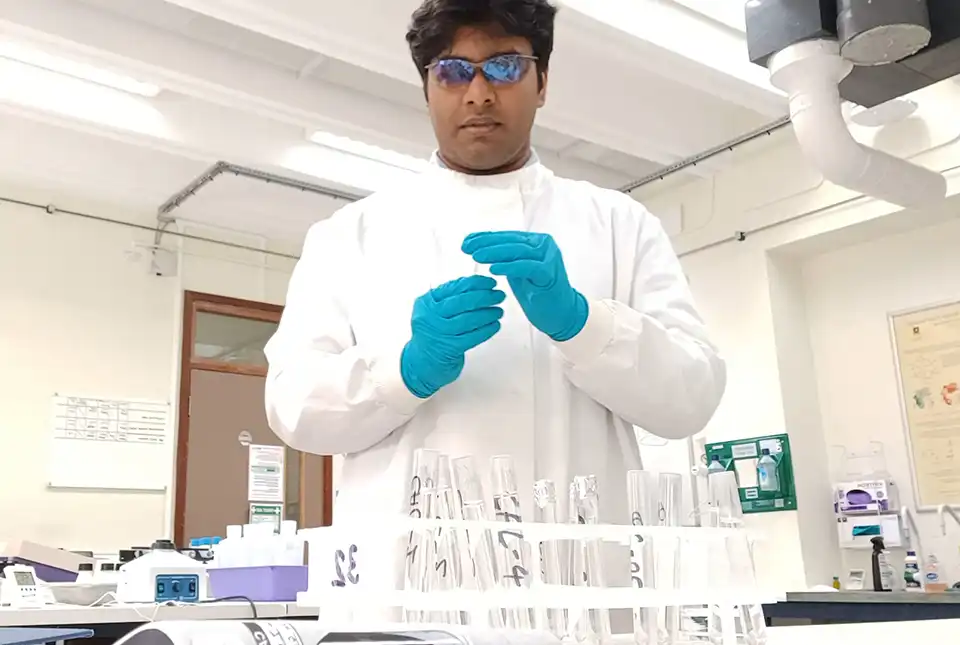
Laboratory life: my work experience week at BGS
20/08/2024
Aspiring astrophysicist Riveen Pehesara Kumanayaka shares his experience following an A-level work placement with BGS.
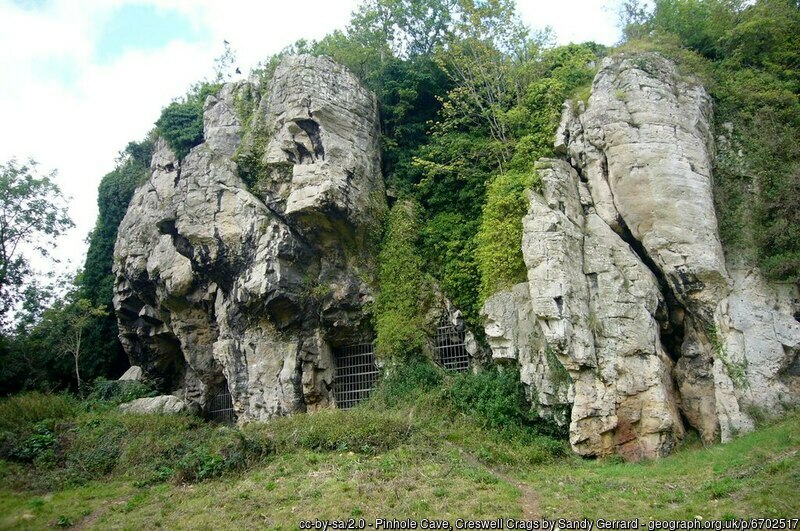
Creswell Crags Museum collections offer insight into the past and future of wolves
12/07/2024
Bones found at the site are helping scientists to understand the diet of wolves and how they differ over time.
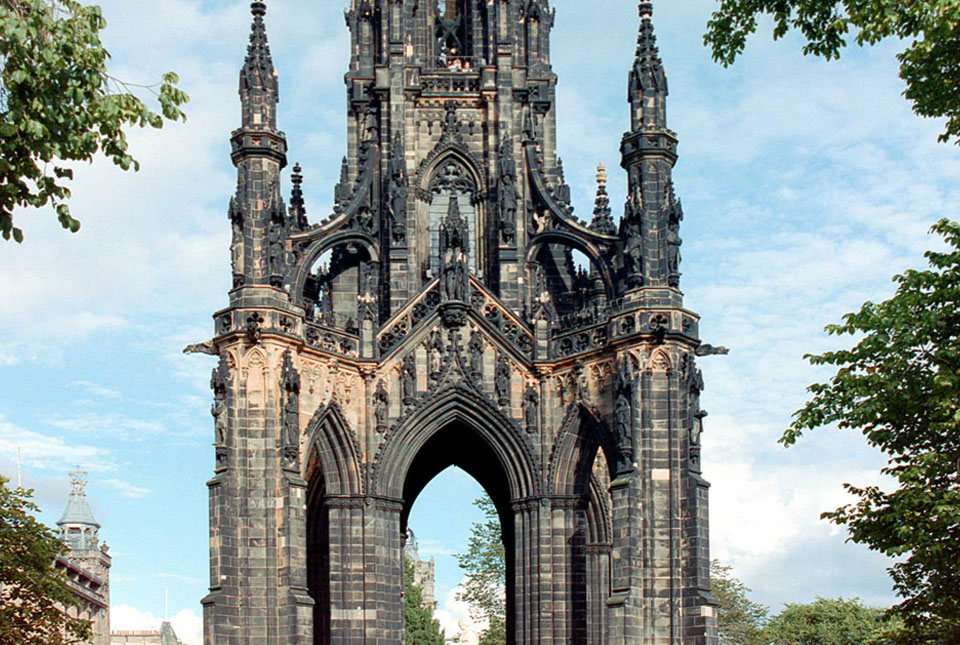
Building stones spotlight: the Sir Walter Scott Memorial 25 years after its conservation
29/04/2024
BGS geologist, Luis Albornoz-Parra, discusses the iconic Edinburgh monument, the building stones used in its construction and the result (so far) of its conservation efforts.
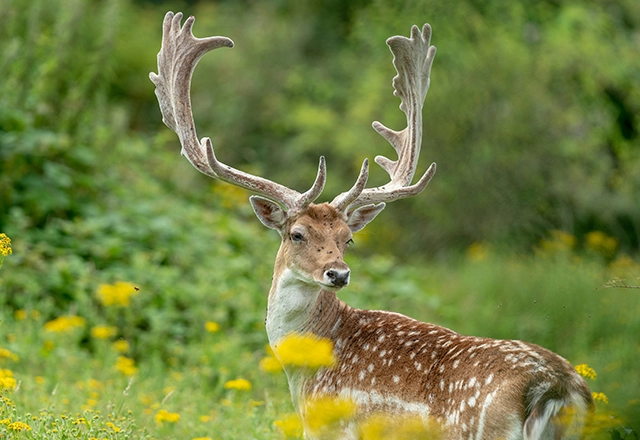
New research supports conservation of fallow deer across Europe
16/04/2024
New research has combined zooarchaeology and ancient and modern biomolecular datasets to reveal a new understanding of the history and projections of fallow deer.
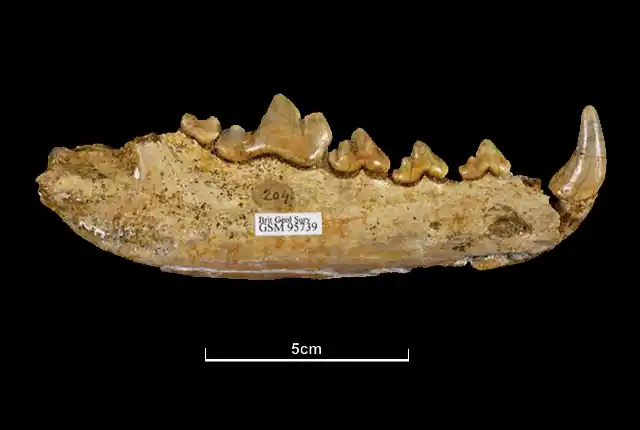
Hungry like a wolf: new insights from old bones housed in the BGS museum collections
18/01/2024
BGS scientists are studying the diets of ancient British wolves and how they adapted to changing environments.
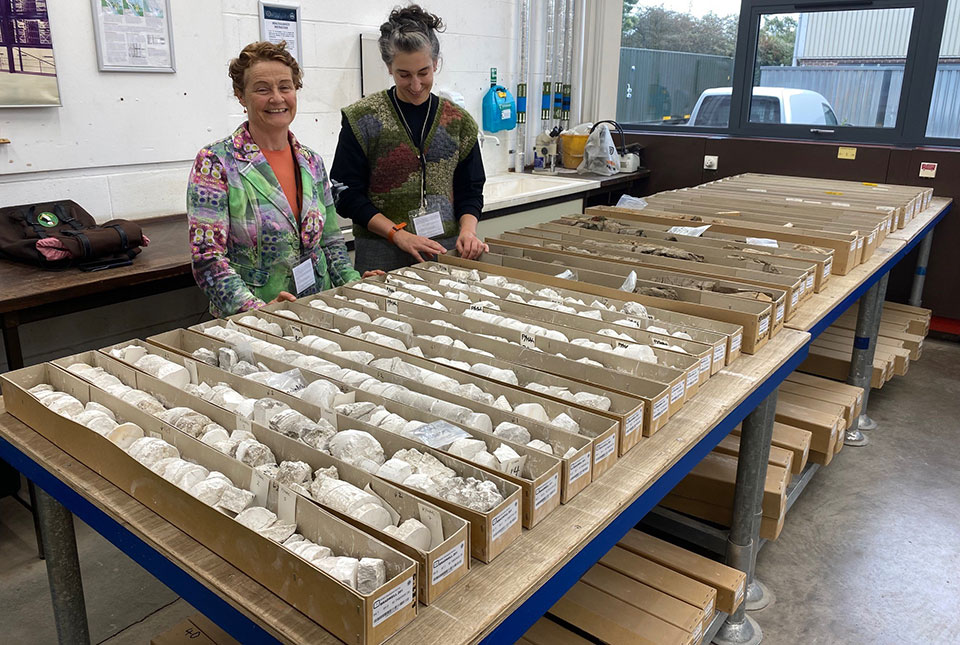
The art of boreholes: Essex artists visit the BGS to be inspired by our library of geological core
02/11/2023
Two UK-based artists visitors aim to turn art and earth science into a collaborative experience that facilitates discussion on land usage.
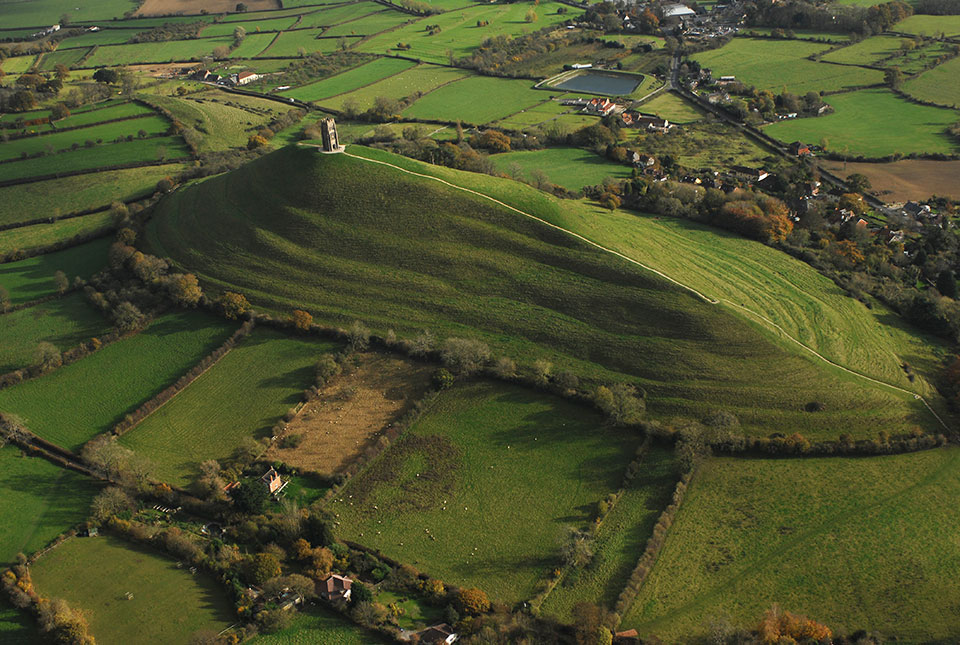
New method developed to identify wetland inhabitants
01/11/2023
BGS-led research has helped develop a method to identify ancient human and animal wetland inhabitants.
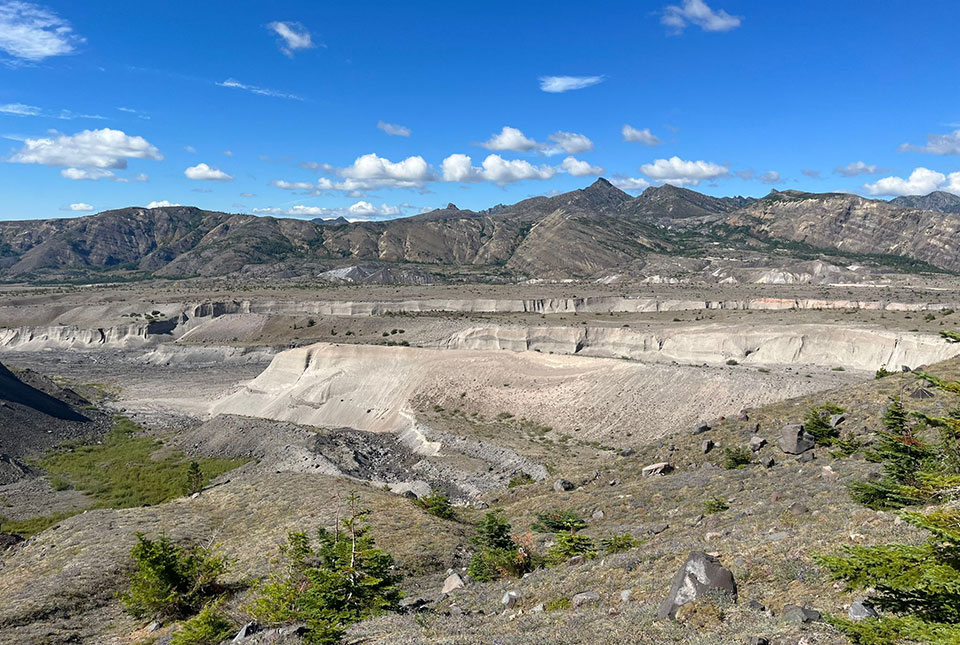
In photos: a volcanic field trip
31/08/2023
Volcanologist Samantha Engwell visited the Cascades in the United States to learn more about the 1980 Mount St Helens volcanic eruption.
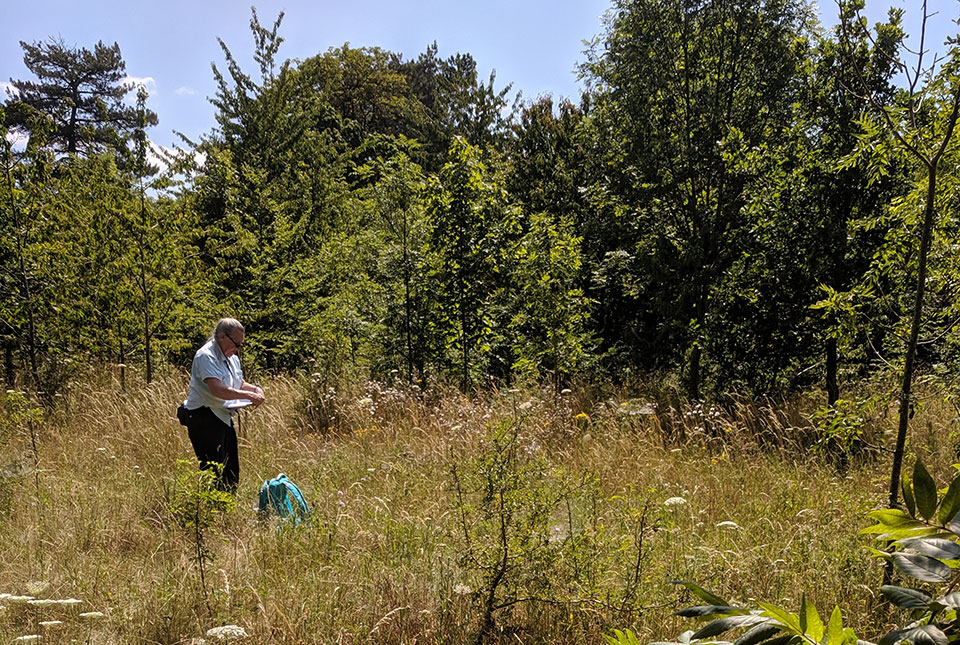
Updated biosphere map for the UK released
07/07/2023
The updated biosphere map for the UK will allow users to identify sulphur isotope variations.




